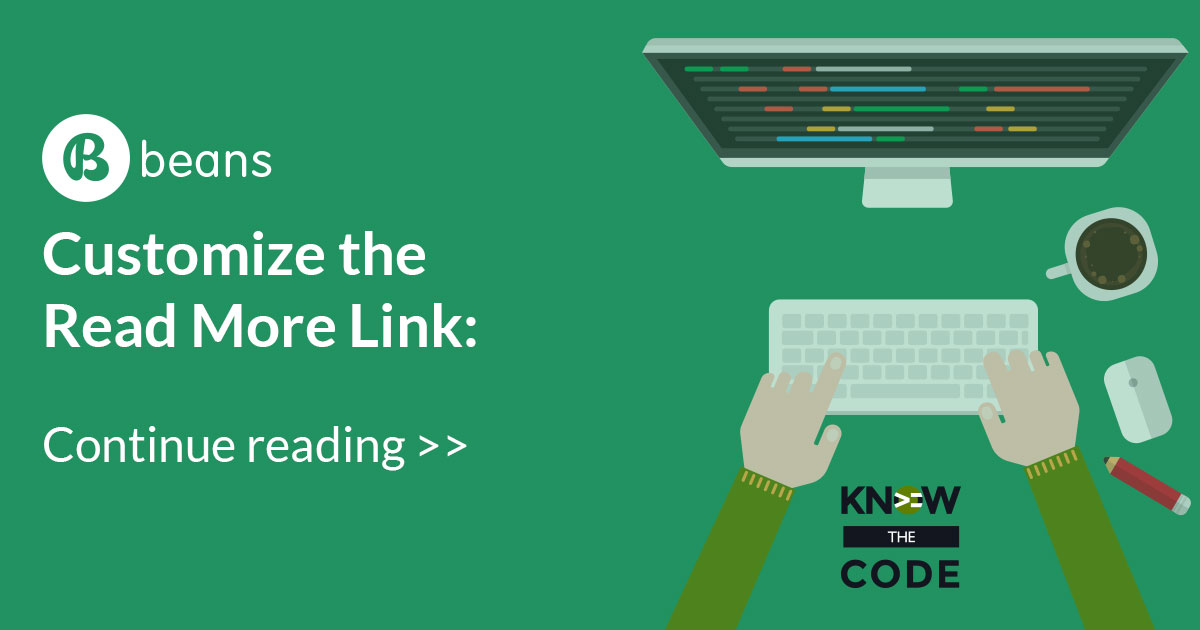In this episode, you and I will do the following together: We’ll talk about the intent of this lab and what you should get out of it. I’ll show you the different end results of the customizations you’ll do. Step-by-step, you and I will walk through setting up your machine for this lab. We’ll talk about how you should do the lab. Spoiler alert: do it with me. Make sure you’ve already got your local machine setup for development. You can check either of these labs to make sure you have Composer and Git on your machine: For the setup, […]


